
What Makes Pink Lab Grown Diamonds Sparkle?
Introduction
When it comes to diamonds, pink is not just a color; it’s a statement. In the realm of fine jewelry, the allure of pink diamonds has always been undeniable, symbolizing elegance, romance, and sophistication. But what if you could own a pink diamond that not only captures the beauty of nature but also reflects ethical sourcing and environmental consciousness? Enter the world of pink lab-grown diamonds a dazzling fusion of technology and nature’s wonders.
What is a Pink Lab-Grown Diamond?
Definition and Composition
Before diving into the allure of Diamante de laboratorio rosado, let’s understand what they are. Lab-grown diamonds, also known as synthetic or cultured diamonds, are created in controlled environments that simulate the natural conditions under which diamonds form in the Earth’s mantle. These diamonds possess the same chemical composition, physical properties, and brilliance as their natural counterparts, but with one significant difference they are ethically and sustainably produced.
How Pink Diamonds are Created
The process of creating pink lab-grown diamonds begins with a tiny seed diamond, often referred to as a diamond seed. Using advanced technology such as Chemical Vapor Deposition (CVD) or High-Pressure High-Temperature (HPHT) methods, scientists replicate the conditions found deep within the Earth’s crust. By introducing carbon atoms into the growth chamber and subjecting them to extreme pressure and heat, these atoms gradually crystallize, layer by layer, forming a stunning pink diamond.
The Appeal of Pink Lab-Grown Diamonds
Rarity and Exclusivity
One of the most appealing aspects of pink lab-grown diamonds is their rarity. Natural pink diamonds are exceedingly rare, with only a small fraction of diamonds mined exhibiting this coveted hue. In contrast, lab-grown pink diamonds offer a more accessible option for those seeking the beauty of pink without the exorbitant price tag. This accessibility adds an element of exclusivity to pink lab-grown diamonds, making them a coveted choice for discerning jewelry enthusiasts.
Environmental and Ethical Benefits
Beyond their aesthetic appeal, pink lab made diamonds carry significant environmental and ethical benefits. Traditional diamond mining often involves disruptive practices such as land excavation and habitat destruction. In contrast, lab-grown diamonds are produced in controlled environments with minimal environmental impact. Additionally, they are free from the ethical concerns associated with mining, such as forced labor and exploitation. By choosing a pink lab-grown diamond, consumers can enjoy the beauty of fine jewelry with a clear conscience.
Pink Lab-Grown Diamond vs. Natural Pink Diamond
Price Comparison
One of the most significant differences between pink lab-grown diamonds and natural pink diamonds is their price. Natural pink diamonds command premium prices due to their rarity and natural origin, making them inaccessible to many consumers. In contrast, pink lab-grown diamonds offer a more affordable alternative without compromising on quality or beauty. This affordability allows more people to experience the luxury of owning a pink diamond without breaking the bank.
Quality and Characteristics
While both natural and lab-grown pink diamonds exhibit exquisite beauty, there are subtle differences in their characteristics. Natural pink diamonds may display variations in color intensity and clarity due to their geological formation process. In contrast, lab-grown pink diamonds can be precisely engineered to meet specific color and clarity standards, resulting in a more consistent appearance. Additionally, lab-grown diamonds are free from the imperfections often found in natural diamonds, offering flawless brilliance and purity.
Popular Settings and Designs
Engagement Rings
Pink lab-grown diamonds have become increasingly popular choices for engagement rings, symbolizing love, commitment, and individuality. Whether set in classic solitaire settings or surrounded by sparkling accent stones, pink diamonds add a romantic touch to any engagement ring design. Couples seeking a unique and meaningful ring to commemorate their love often gravitate towards the timeless beauty of pink lab-grown diamonds.
Necklaces and Pendants
In addition to engagement rings, pink lab-grown diamonds are also favored for their versatility in necklace and pendant designs. From delicate solitaire pendants to statement-making choker necklaces, pink diamonds add a touch of femininity and sophistication to any ensemble. Whether worn as a daily accessory or reserved for special occasions, pink lab-grown diamond necklaces are sure to dazzle and delight.
Caring for Pink Lab-Grown Diamonds
Cleaning and Maintenance
To maintain the brilliance and beauty of pink lab-grown diamonds, proper cleaning and maintenance are essential. It is recommended to clean your diamond regularly using a gentle jewelry cleaner and a soft brush to remove any dirt or debris. Avoid exposing your diamond to harsh chemicals or abrasive materials, as these can damage its surface and diminish its sparkle. Additionally, periodic professional cleanings and inspections by a reputable jeweler can help ensure that your pink lab-grown diamond remains in pristine condition for years to come.
Storage Tips
When not wearing your pink lab-grown diamond jewelry, it is important to store it properly to prevent damage or loss. Consider storing your diamonds in a soft pouch or jewelry box lined with fabric to protect them from scratches and abrasions. Avoid storing your diamonds with other jewelry pieces that may contain harder gemstones, as this can cause friction and damage. By taking simple precautions and storing your pink lab-grown diamonds with care, you can preserve their beauty and luster for generations to come.




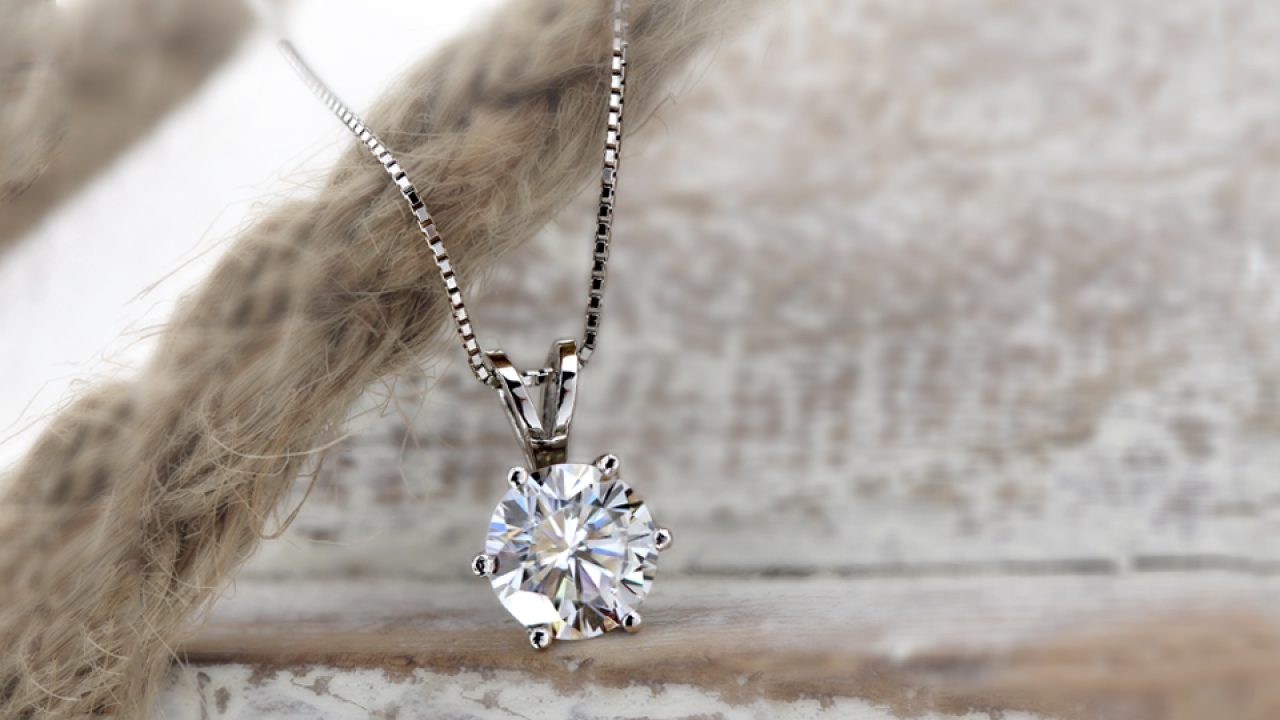
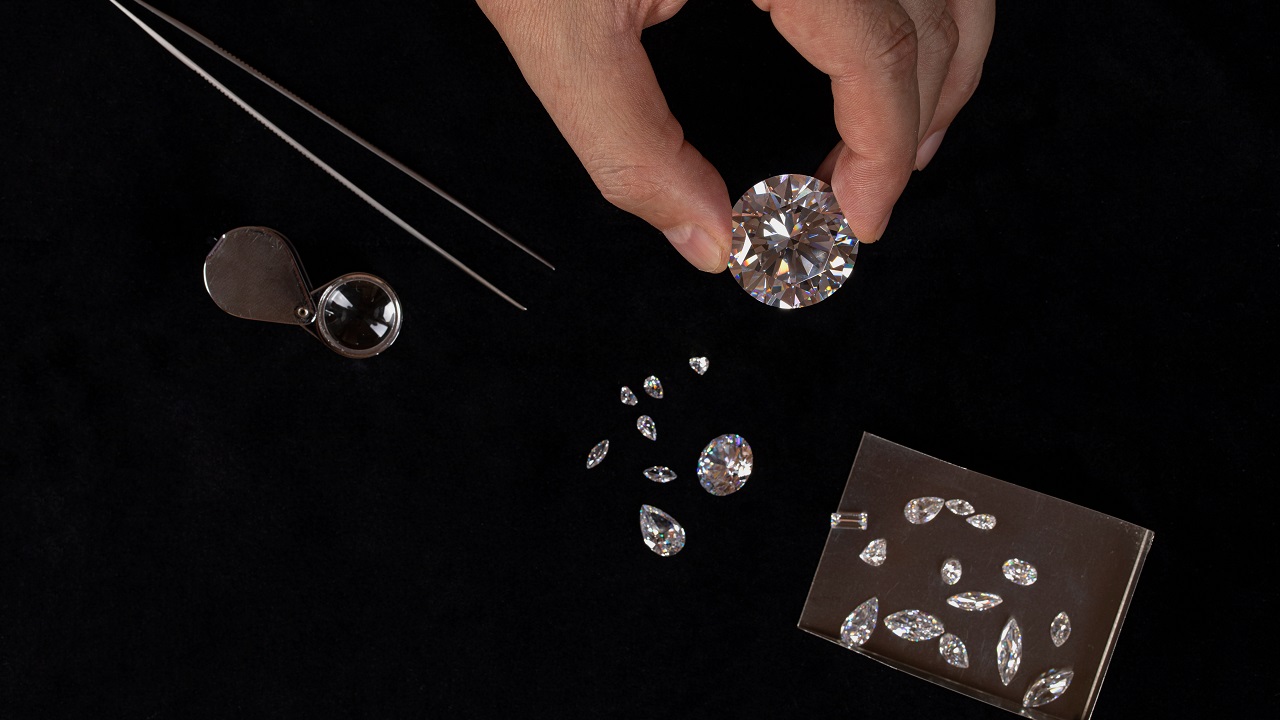


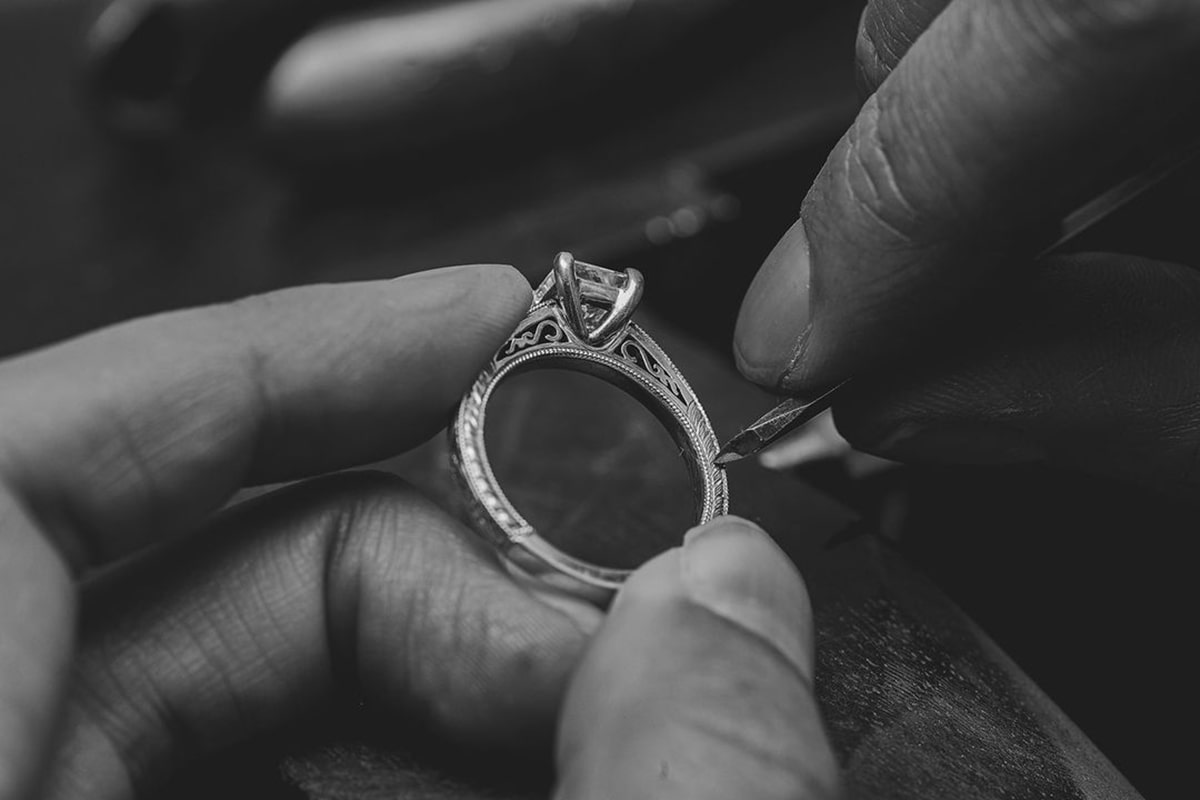
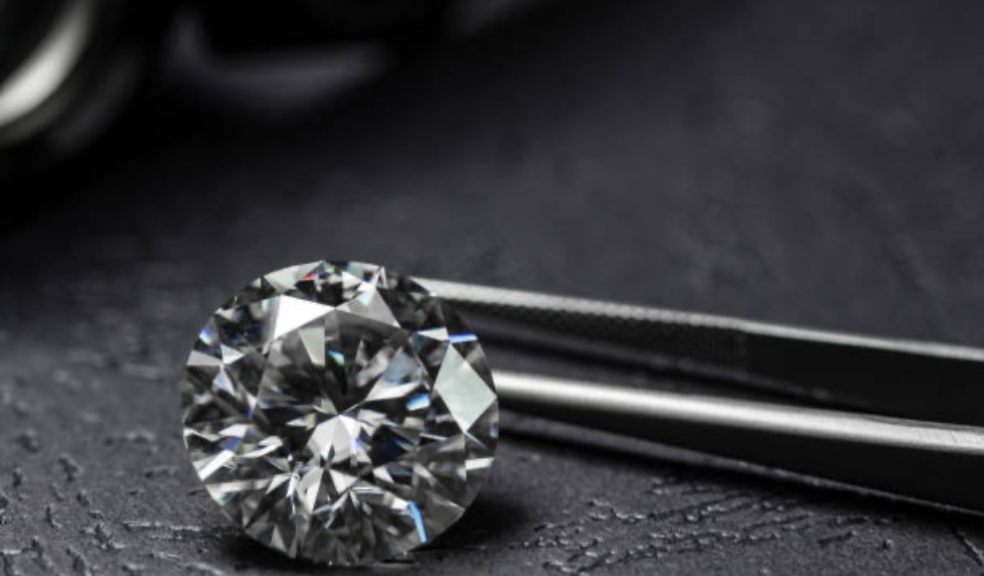
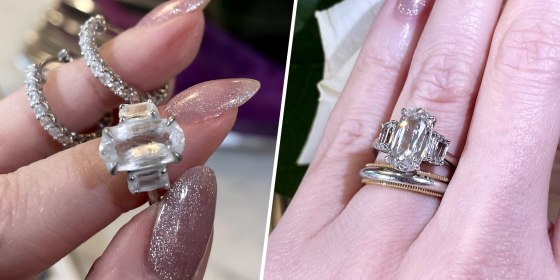
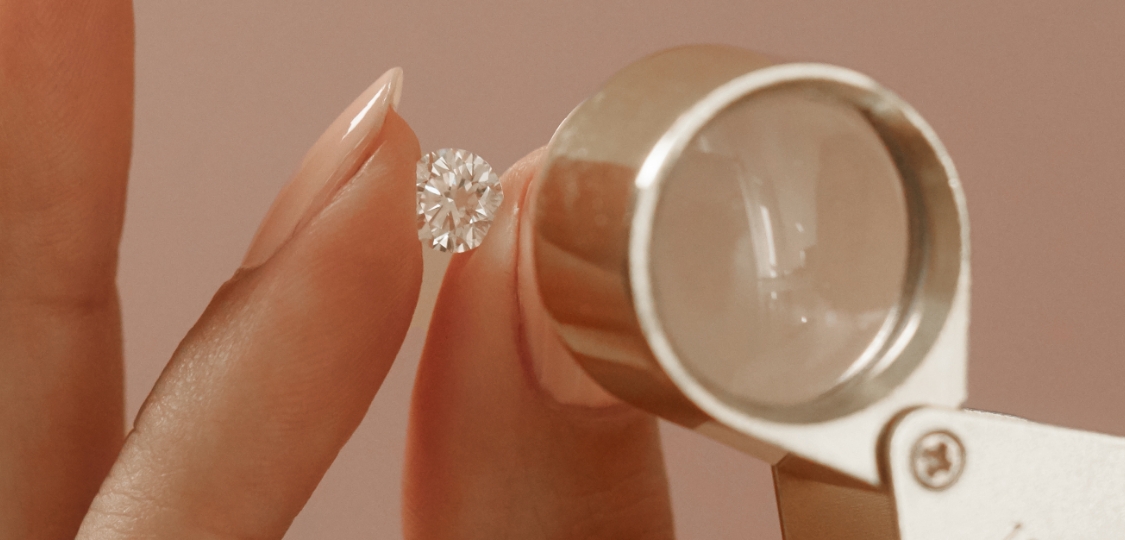
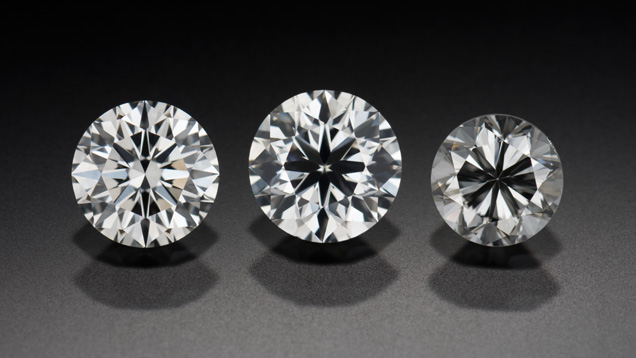
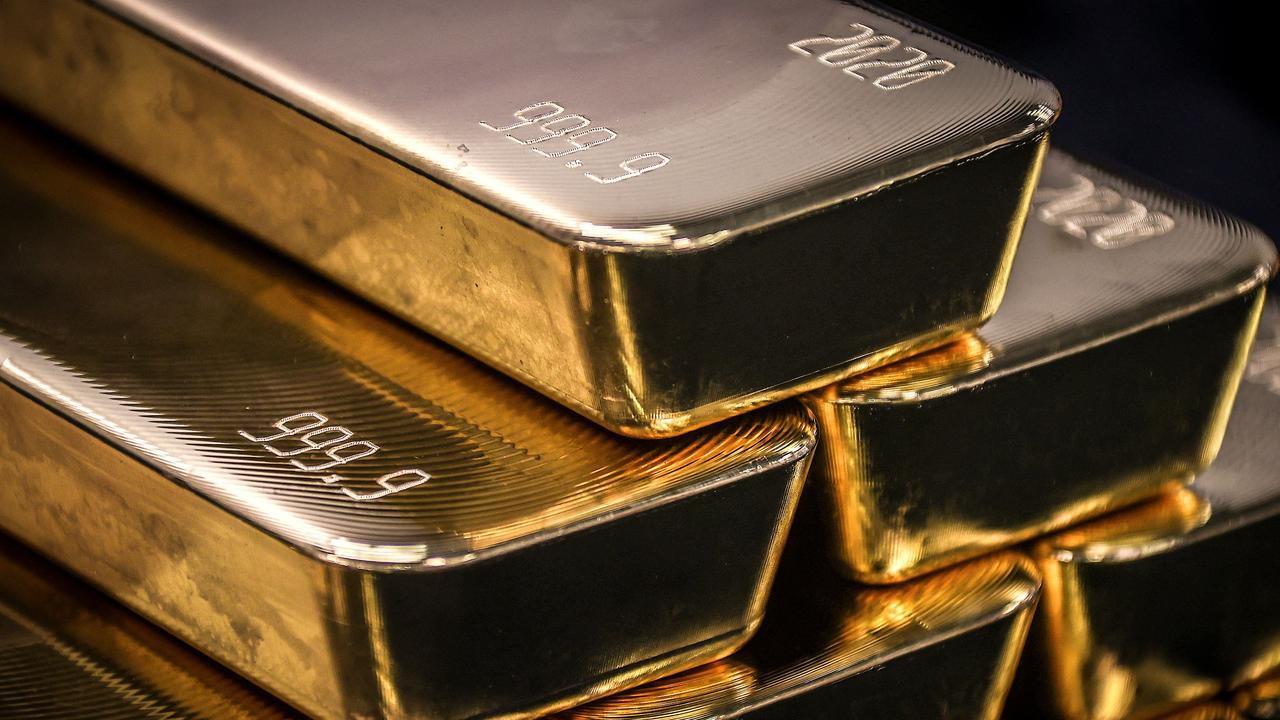

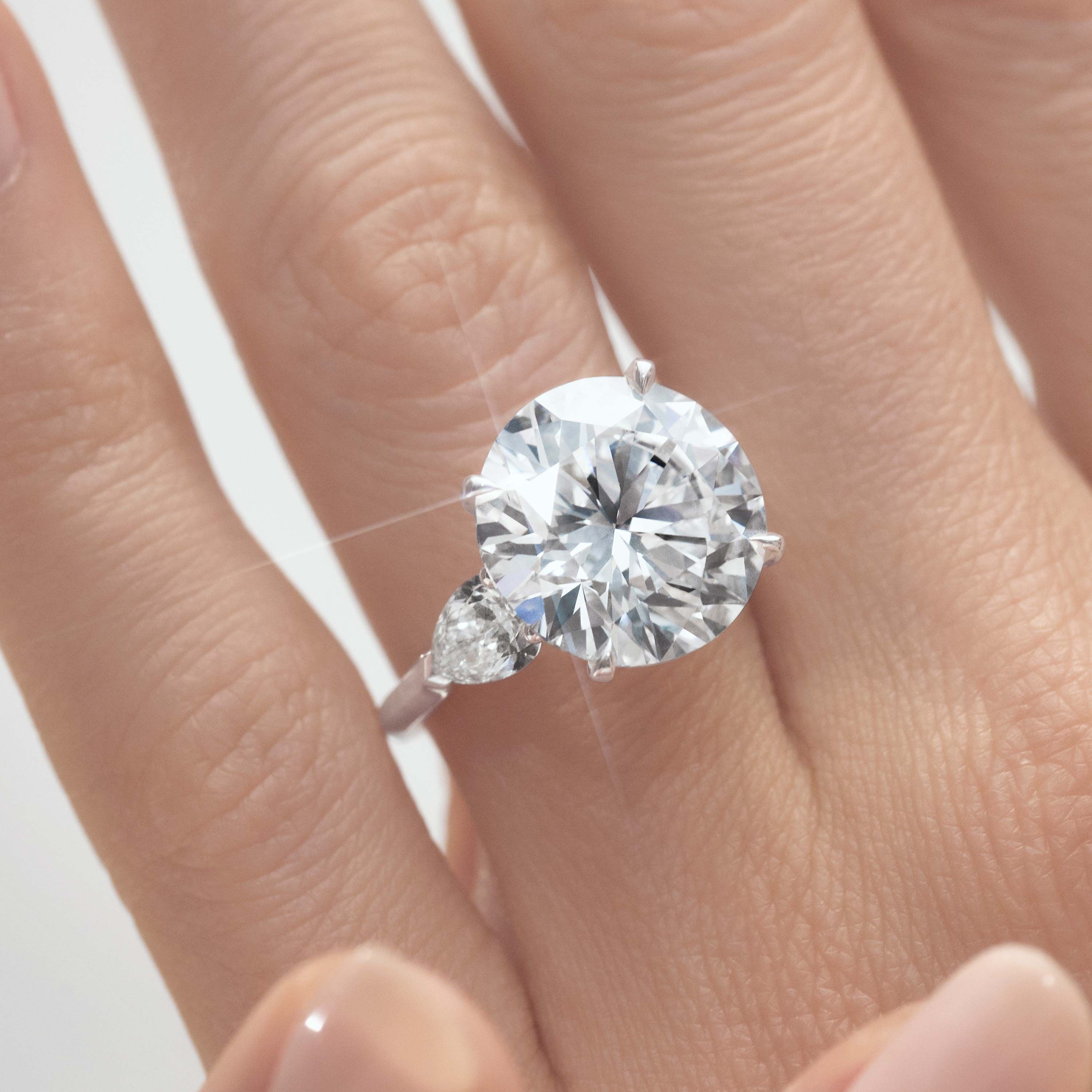

![How To Resolved General Error [pii_email_1bfaefb1e4a1b279c236] in 2022? How To Resolved General Error [pii_email_1bfaefb1e4a1b279c236] in 2022?](https://www.syntaxbusiness.com/wp-content/uploads/2021/10/pii_email_2299ef7e88c45e07ec86.jpg)